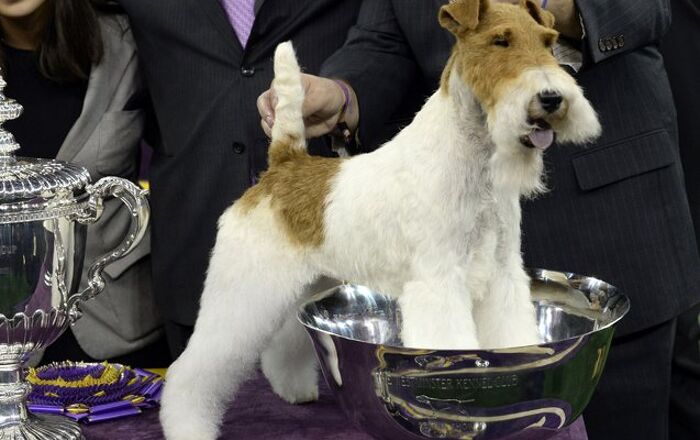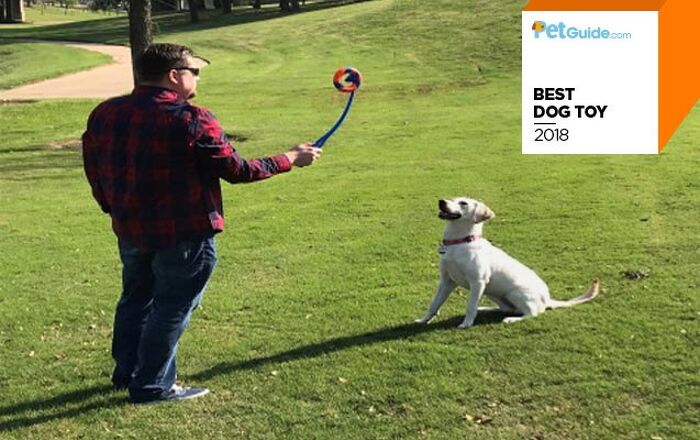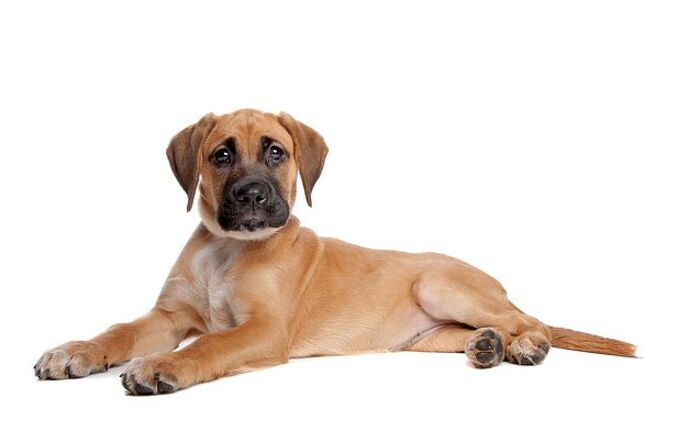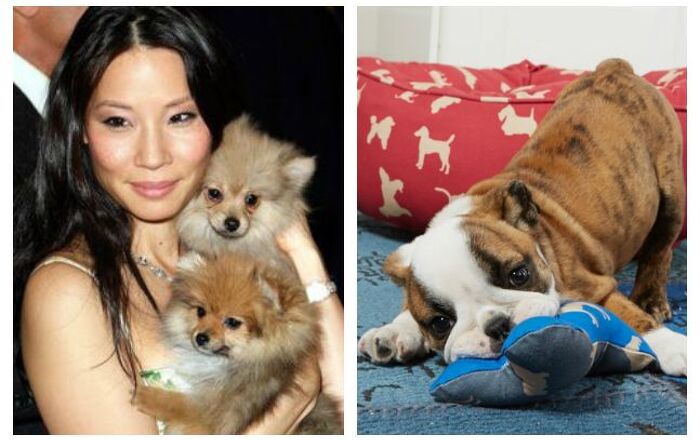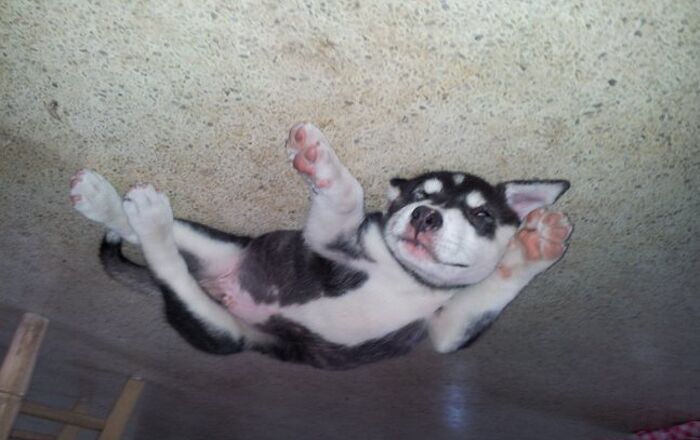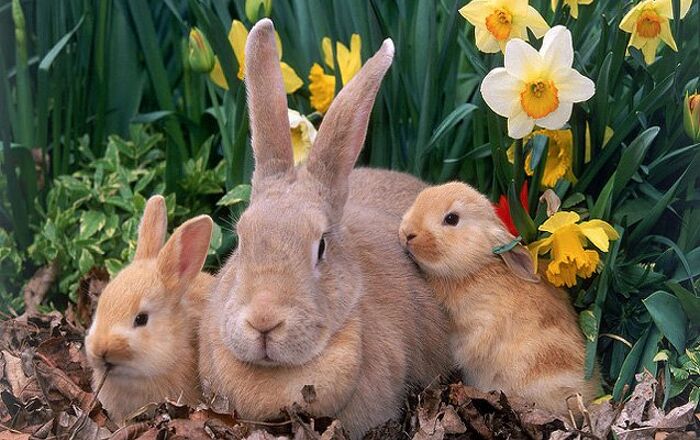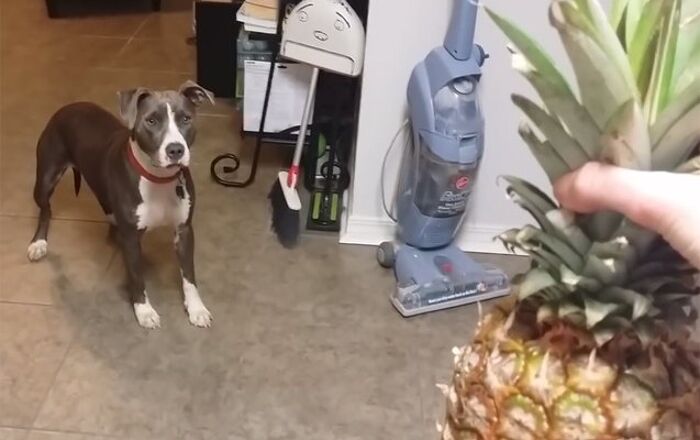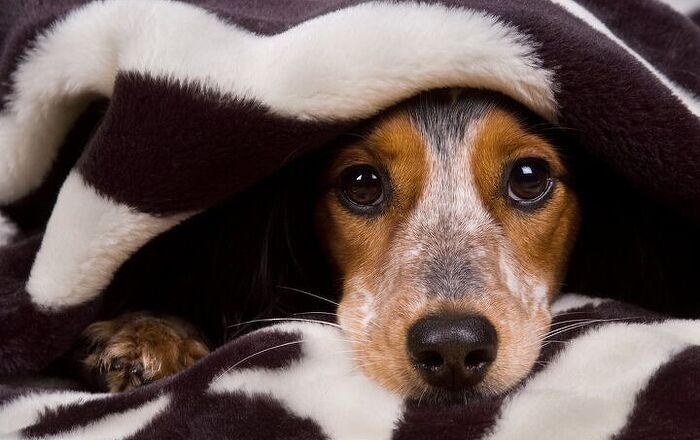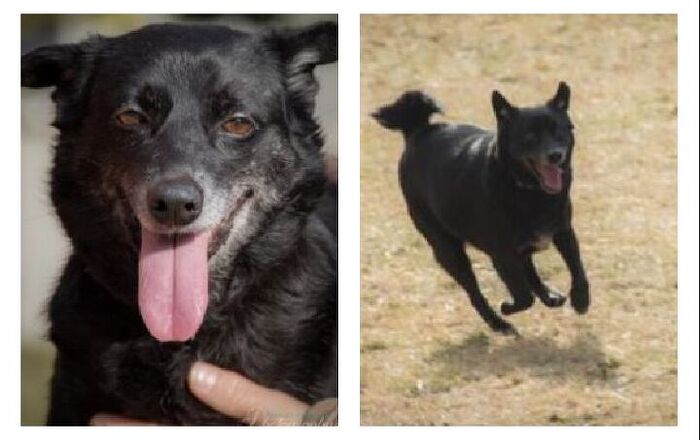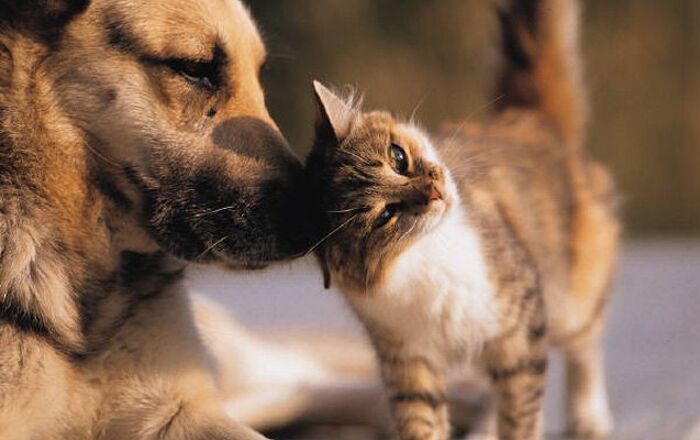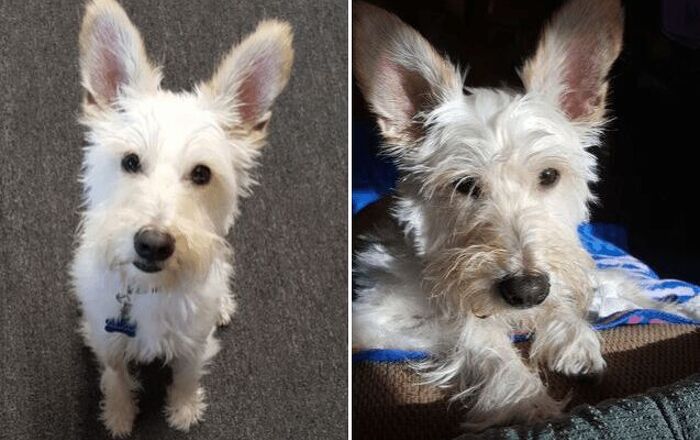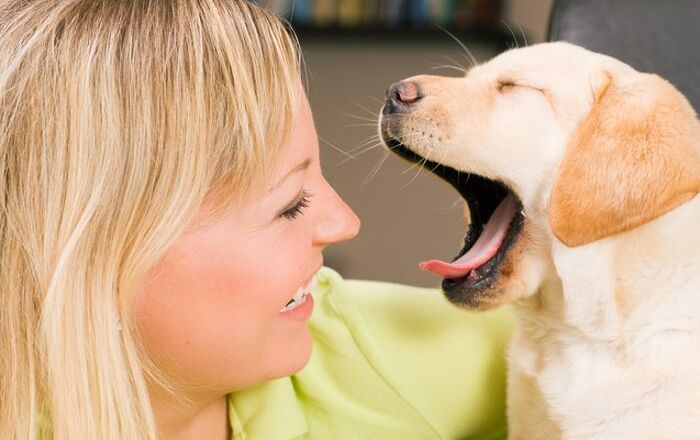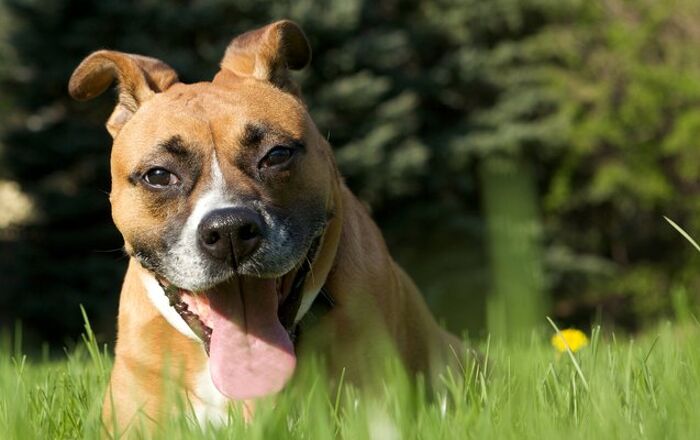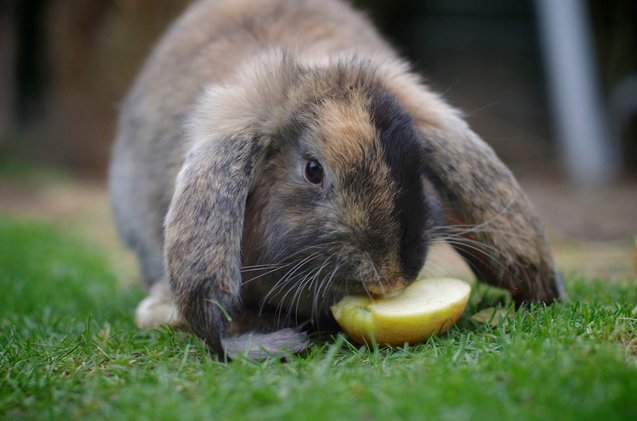
German Lop Breed History/Origin
Not surprisingly, the German Lop originated in Germany, when breeders wanted to develop a medium-sized lop (in comparison to the 10 lb French Lop and the 4 lb Holland Lop). French Lops and Netherland Dwarfs were bred together in order to create the German Lop and other breeds were introduced at a later stage, giving the rabbit its distinctive “Roman” nose. In 1960, this rabbit breed was shown in Saarbrucken, West Germany and was officially recognized in 1970 under the name “Deutsche Klein Widder.” It was imported into Holland in 1972 and standardized in the Netherlands in 1976 and in Switzerland in 1984. The breed was also recognized by the British Rabbit Council (BRA) in 1990 and today, it is the third most popular lop behind the Miniature and Dwarf Lop.
A German Lop has a 12-year lifespan, so owning this pet is definitely a commitment.
Overall Description
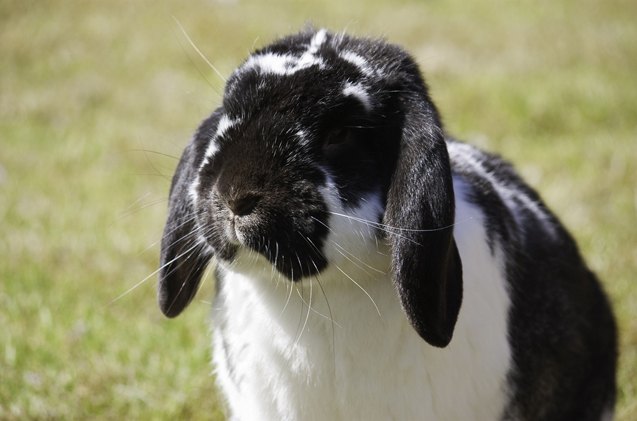
The German Lop is a hearty rabbit, ideally weighing between 6-8 lbs once it is fully grown. It is muscular all around, especially in the rump area, which should also be short and well-rounded. Its large ears are thick and hang straight down just behind its eyes, measuring anywhere from 11-14 inches.
Coat
Like other lops, the German lop has normal-length, dense hair fibers and strong guard hairs. Despite this, its coat does not require much care to keep it in tip-top shape. Simply run damp hands over the coat every other week or use a slicker brush to get rid of any stray hairs.
Colors
There are many combinations accepted by the British Rabbit Council, including Agouti (chinchilla, chestnut agouti, opal), Broken (white with colored spots and/or pattern, tricolors included), Ticked (gold tipped or silver-tipped black, blue, chocolate, silver fox, lilac steel, sable, smoke pearl steel), Shaded (sable, smoke/frosted pearl, tortoise, sable point), Wide band (cream, fawn, red and orange) and Self ( REW [ruby-eyed-white], BEW [blue-eyed-white] chocolate, lilac, black, blue).
German Lops are muscular all around, especially in the rump area, which should also be short and well-rounded.
Care Requirements
A German Lop’s diet does not differ from any other rabbit breed. It should be 70 percent hay (there are several types of hay/rabbit-friendly grass available on the market), with the remaining 30 percent being a healthy mix of pellets, fruits, vegetables, and leafy greens. Research what kind of fruits, vegetables, and greens are rabbit-friendly.
Whether indoors or out, the German Lop enclosure needs to have adequate space for it to stretch comfortably and relax, with plenty of space to move about. Outdoor enclosures need to have protection from the elements, such as cold, sun, rain, heat, etc. Always be aware of temperature changes and local predators. Outdoor enclosures should be raised from the ground and should have a ramp that leads to the ground “floor” so the rabbit can roam about. Indoor enclosures need just as much space, but can be made of wire, as long as it has a solid bottom. The bottom should be laid with hay, spot-cleaned everyday and completely replaced every 6-8 days.
If your German Lop is a pet and spends more of its time indoors, make sure to take it out as soon as you get home so it can have some time exploring its surroundings in a bunny-safe room.
Health
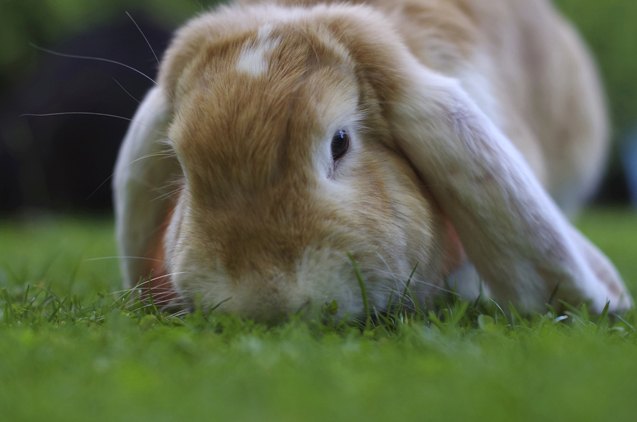
This rabbit breed does not have any particular disease or health issues, however it does tend to suffer from sore hocks if kept in an enclosure with a wire bottom (not recommended for any rabbit). Should you keep your rabbit mostly outdoors, be aware of flystrike, especially in hotter months. This occurs when flies lay its eggs in soiled parts of your rabbit’s fur (mostly near their bottoms) and once the eggs hatch, feed on the rabbit. This is painful for your rabbit and can even be lethal – be sure to take your rabbit to your vet to get it treated as soon as you notice it.
Check your rabbit’s mouth every two weeks for overgrown teeth, as rabbit’s teeth never stop growing. If your German Lop’s diet is low in hay, teeth can continue to grow into its face and jaw. Veterinarians can usually treat any infection due to overgrown teeth and shave teeth down to a manageable length. Finally, every rabbit should be periodically checked for ear mites, as it is a common problem with rabbits that are mostly kept outdoors.
German Lop bucks can be neutered as young as three and a half months old, while does can be spayed at four months old; some veterinarians tend to wait until the doe is older, as it poses less of a risk.
A German Lop’s large ears are thick and hang straight down just behind its eyes, measuring 11-14 inches.
Temperament/Behavior
German Lops have a longer lifespan than most rabbits, living as long as 12 years (the average rabbit lifespan is between 6-8 years). This long life means owning a German Lop as a pet or show animal is definitely a commitment. Having said that, its docile, affectionate nature makes it an excellent pet for seniors, singles, couples and families. In order to be properly socialized, German Lops need to spend a minimum of approximately four hours a day out of its enclosure. Allow it to explore its environments (both inside and out, if possible) and also encourage interaction with other people, whether it be strangers or children.
With lots of time, patience and rewards, rabbits can be potty trained but it takes much longer than other pets. Instead of using just one litter box, try to spread a couple around the house so they won’t be tempted to do it in a corner.
Photo credit: Sandra Schmid/Flickr; Gav.07/Flickr


